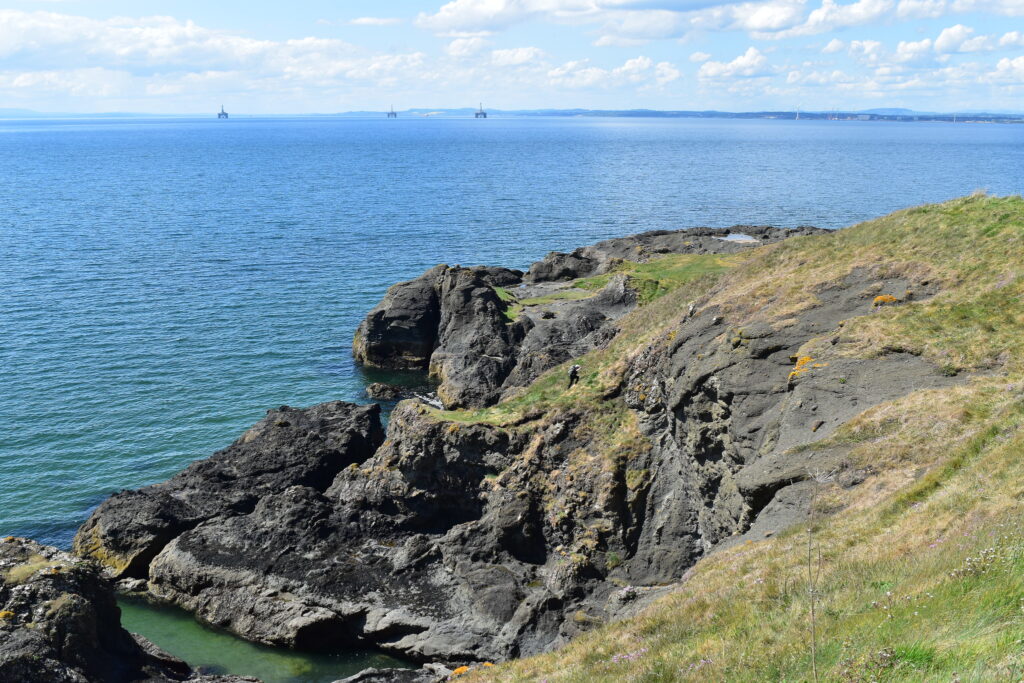
The step-by-step guide can be accessed via this link. An accompanying document is also provided.
The regulatory guidance provides a broad overview of the agencies responsible for regulating various aspects related to geothermal exploration and exploitation. For instance, authorization from the Scottish Environment Protection Agency (SEPA) is needed for the construction of a borehole, as well as the extraction and reinjection of water from and to the subsurface. Should the activity intersect with any known coal seams, then authorization from the Coal Authority will also be required.
Physical works and changes in the use of land will require planning permission from the relevant planning authority, typically the local council. Decisions on planning applications are based on the development plan for the area, which consists of the National Planning Framework (NPF) and the local development plan (LDP).
An important distinction is made in the guidelines with regards to drilling depth. Geothermal boreholes drilled less than 200 meters deep are authorized by General Binding Rules (GBRs) given that a few other requirements are met. Wells drilled 200 meters or deeper will need a SEPA license.
Other aspects of geothermal operations such as environmental impact and healthy and safety are governed by their respective regulating bodies. Scotland already has several Health and Safety regulations in place that may apply to geothermal drilling and operations.
In recent years, there has been a concerted effort to harness mine water in Scotland for geothermal energy. Scotland is legally committed to reduce emissions by 75% by 2030 and reach net zero by 2045. Heat accounts for 51% of Scotland’s energy demand and is the single largest source of emissions in Scotland, at around 41%. Abandoned and flooded coal mines are becoming increasingly recognized as a potential resource for heat energy production and thermal storage.
As an emerging hub for geothermal, Scotland presented itself as the guest country at this year’s GeoTHERM Expo & Congress in Offenburg, Germany. Thanks to Scottish Government policy and financial support, Scotland has begun to exploit the significant potential for geothermal projects in the hot, dry rocks of East Grampian, the hot sedimentary aquifers of Fife’s Midland Valley and the disused mines of central Scotland.